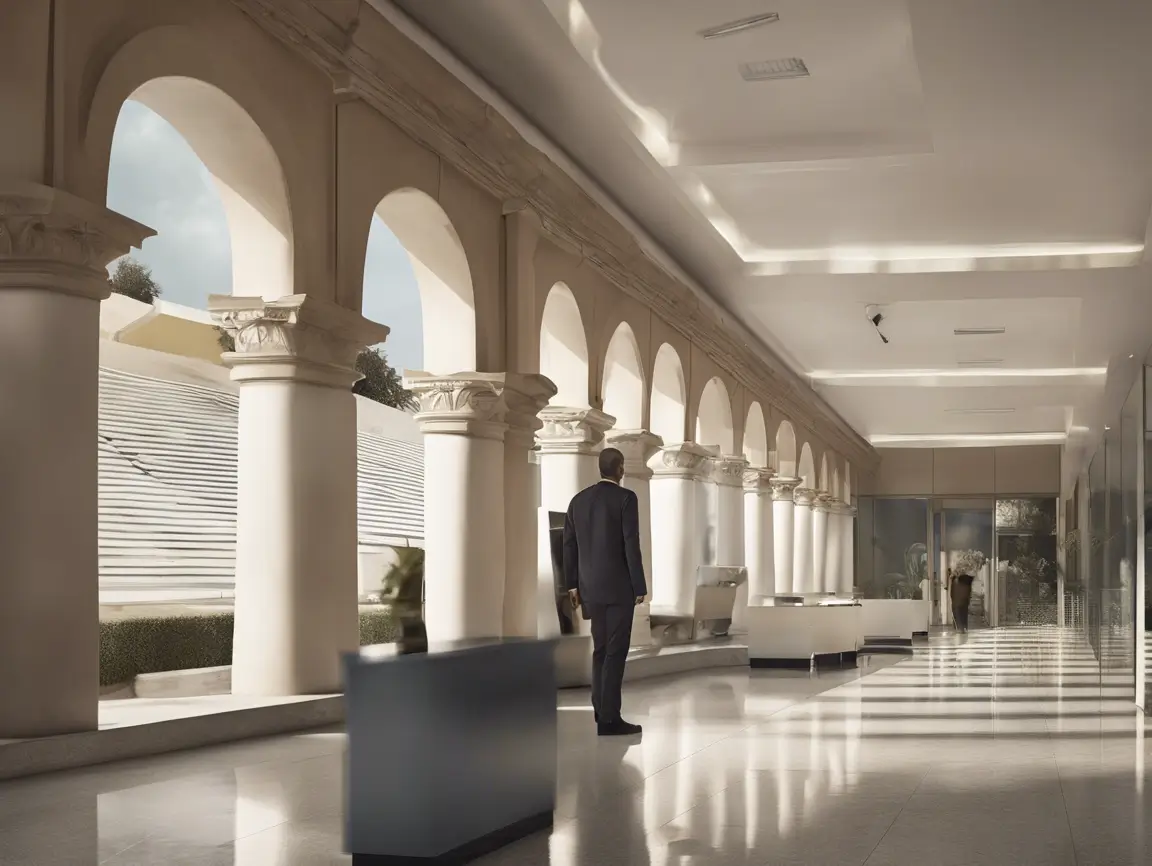Trieste Leads the Charge in EU’s Social Housing Revitalization Efforts
In a bold move towards urban renewal, Trieste, an Italian city known for its historical port, has embarked on an ambitious project to transform its social housing landscape. The southeastern outskirts of the city are witnessing the demolition of eight buildings, relics from the 1950s, making way for modern, energy-efficient apartments. This initiative is part of a broader European Union endeavor to enhance city living by upgrading social housing.
The project doesn’t stop at construction; it extends to the revitalization of green spaces. These areas are being designed to not only beautify the neighborhood but also to encourage outdoor activities and social mingling among residents. With the previous occupants relocated, the stage is set for a collaborative effort in reimagining their community space. Cristina Davi, from ATER Trieste, emphasizes the importance of resident input in shaping a neighborhood that caters to their needs and well-being.
ATER Trieste’s commitment to improving living conditions is reflected in their participation in SUPERSHINE, a research project funded by the EU. SUPERSHINE aims to address “energy poverty,” a pressing issue where households are forced to limit energy consumption, often at the expense of their health. This project is not only about providing immediate relief but also about fostering long-term sustainability through energy-efficient building designs and smart electricity grids.
The vision for these new dwellings includes solar panels, thermal doors, and windows, alongside community gardens and recreational spaces. These enhancements are expected to culminate by the end of 2026, aligning with the EU’s goal for a zero-emission building stock by 2050.
Parallel to this initiative, the EU-funded Save the Homes project has demonstrated success in Rotterdam and Valencia by establishing one-stop shops. These hubs provide residents with essential guidance on renovations for energy efficiency. The project has led to significant energy savings and stands as a testament to the potential impact of such renovations across Europe.
Ana Tisov from Huygen points out that while the overarching goal is uniform across Europe, strategies must be adapted to local conditions. The Save the Homes project has highlighted the importance of raising awareness and tailoring solutions to specific community needs.
As Trieste sets an example with its comprehensive approach to social housing improvement, it paves the way for other European cities to follow suit. The collective effort aims not only to enhance living conditions but also to empower residents in shaping sustainable and inclusive communities.






